YouTube’s automatic captioning is a powerful tool that uses advanced speech recognition to transcribe spoken words into text. This technology analyzes your video’s audio, converting it into on-screen captions to improve accessibility. It makes content understandable for viewers who are deaf, hard of hearing, or watching in a noisy place. By using machine learning, the system constantly improves, making videos more inclusive for a global audience.
What is Automatic Captioning and Why is it Important?
Automatic captioning is the process of using software to generate text from a video’s audio without any human help. This system relies on complex algorithms to recognize speech and turn it into synchronized captions that appear on the screen as someone speaks.
The main goal of captioning is to make videos accessible to everyone. By providing captions, you ensure that individuals who are deaf or hard of hearing can fully understand your content. This simple feature promotes inclusivity and helps you connect with a much wider audience.
Beyond accessibility, captions also benefit viewers in many other situations. Someone watching a video on a crowded train, a non-native speaker trying to learn a new language, or a student reviewing a lecture can all find captions incredibly helpful. They make your content more versatile and user-friendly.
The Technology Behind YouTube’s Captions
The magic behind automatic captions starts with Automatic Speech Recognition (ASR). This is the core technology that listens to the audio in a video and converts it into written text. ASR systems are trained on massive amounts of audio data to recognize different words, accents, and speech patterns with increasing accuracy.
However, just converting words isn’t enough. YouTube also uses Natural Language Processing (NLP) to understand the context and structure of sentences. NLP helps the system make sense of slang, informal language, and the overall meaning behind the words. This ensures the captions are coherent and easy to read.
This combination of ASR and NLP allows the system to not only transcribe what is said but also to interpret nuances in tone and context. As the technology evolves through machine learning, it gets better at understanding jokes, sarcasm, and emotional undertones, providing a richer experience for the viewer.
How Accurate are YouTube’s Automatic Captions?
While the technology is impressive, its accuracy can vary. The quality of the automatic captions depends heavily on several factors. Clear audio with minimal background noise will almost always produce better results than a video recorded in a windy or crowded environment.
Several key elements can impact the final output of the captions. Understanding these can help you create content that is easier for the system to transcribe.
- Audio Clarity: Muffled or low-quality audio is difficult for the system to process.
- Speaker’s Accent: Strong regional accents or dialects can sometimes confuse the algorithms.
- Background Noise: Music, traffic, or other sounds can interfere with speech recognition.
- Specialized Vocabulary: Technical jargon or unique names may not be recognized correctly.
Common errors often include misinterpreting homophones (like “their” vs. “there”), misspelling proper names, and incorrect punctuation. These mistakes can sometimes change the meaning of a sentence, which is why reviewing the captions is always a good idea.
Language Support and Challenges with Dialects
To serve its global community, YouTube offers automatic captioning in many languages, including English, Spanish, Mandarin, and more. The platform is continuously working to expand its language library, making content accessible to more people around the world.
A significant challenge for the technology is accurately capturing the vast diversity of dialects and accents within a single language. A machine learning model trained primarily on one accent may struggle to interpret another, leading to errors in the transcription.
For example, unique phrases or phonetic variations specific to a certain region might be misspelled or completely misunderstood. While the system is constantly learning and improving, viewers watching content in their specific dialect may notice these inaccuracies. YouTube is actively working to enhance its models to better understand these linguistic subtleties.
How You Can Edit and Improve Automatic Captions
YouTube empowers creators by giving them the tools to edit and perfect their automatic captions. If you find errors in the transcription, you can easily correct them using the Caption Editor inside your YouTube Studio. This allows you to fix misspellings, add correct punctuation, and ensure the captions perfectly match your video’s audio.
Making these corrections does more than just improve your own video. Every edit you make provides valuable feedback to YouTube’s machine learning algorithms. This user interaction helps train the system to become more accurate over time, benefiting the entire community of creators and viewers.
By refining your captions, you not only enhance the viewing experience for your audience but also contribute to a smarter, more reliable captioning system for everyone.
Benefits for Content Creators and Viewers
For creators, enabling automatic captions is a simple way to grow their channel. It immediately opens up your content to a larger audience, including those with hearing impairments and international viewers. This broader reach can lead to higher engagement, more subscribers, and a more loyal community.
Furthermore, captions can significantly boost your video’s search engine optimization (SEO). Search engines can’t watch a video, but they can read text. The transcript from your captions makes your video’s content crawlable, helping it rank for relevant keywords and appear in more search results.
- Wider Audience Reach: Connect with viewers who are deaf, hard of hearing, or non-native speakers.
- Increased Engagement: Viewers are more likely to watch a video to completion if they can follow along with captions.
- Improved SEO: The text in your captions makes your video more discoverable on YouTube and Google.
For viewers, captions provide a more flexible and enjoyable experience. They allow people to watch videos in any environment, understand complex topics more easily, and engage more deeply with the content. Ultimately, captions help ensure that everyone can access and appreciate the incredible diversity of videos on the platform.
Frequently Asked Questions
How does YouTube generate automatic captions for videos?
YouTube uses advanced Automatic Speech Recognition (ASR) technology to analyze a video’s audio track. This system converts spoken words into text, which is then synchronized with the video to create captions.
Can I edit YouTube’s automatic captions?
Yes, creators can easily edit the automatically generated captions. YouTube provides a caption editor within the YouTube Studio that allows you to review, modify, and correct any inaccuracies to improve clarity.
Why are some automatic captions inaccurate?
Accuracy can be affected by factors like poor audio quality, background noise, strong accents or dialects, and the use of technical jargon. The system is always learning, but these elements can sometimes lead to errors in the transcription.
What languages does YouTube support for captions?
YouTube supports automatic captions for numerous languages, including English, Spanish, French, Mandarin, Japanese, and many others. The platform continuously adds support for more languages as its technology develops.
How long does it take for captions to appear on a video?
The time it takes to generate captions varies based on the video’s length and complexity. For most videos, captions appear within a few minutes to a few hours after uploading.
Do automatic captions help with video SEO?
Absolutely. Captions create a text transcript of your video, which search engines like Google can crawl and index. This helps your video rank for relevant keywords, making it easier for new viewers to discover your content.

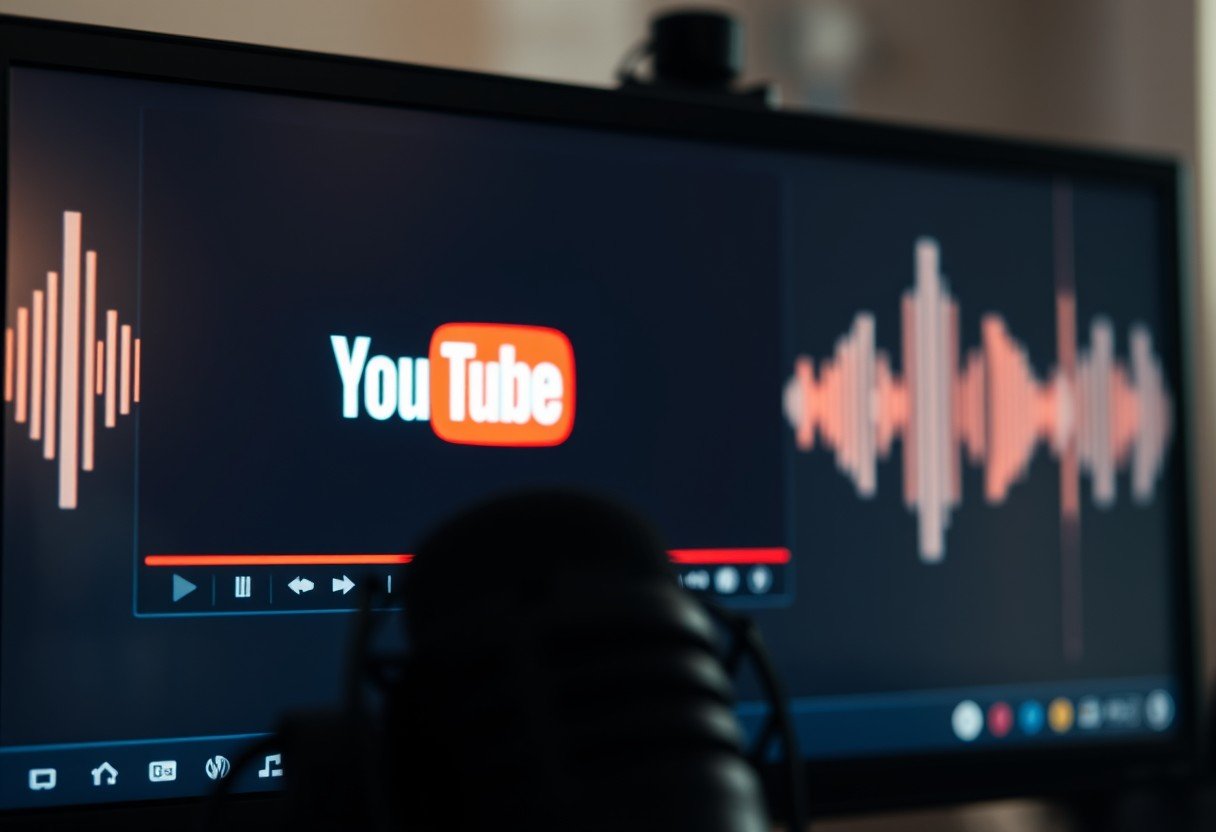


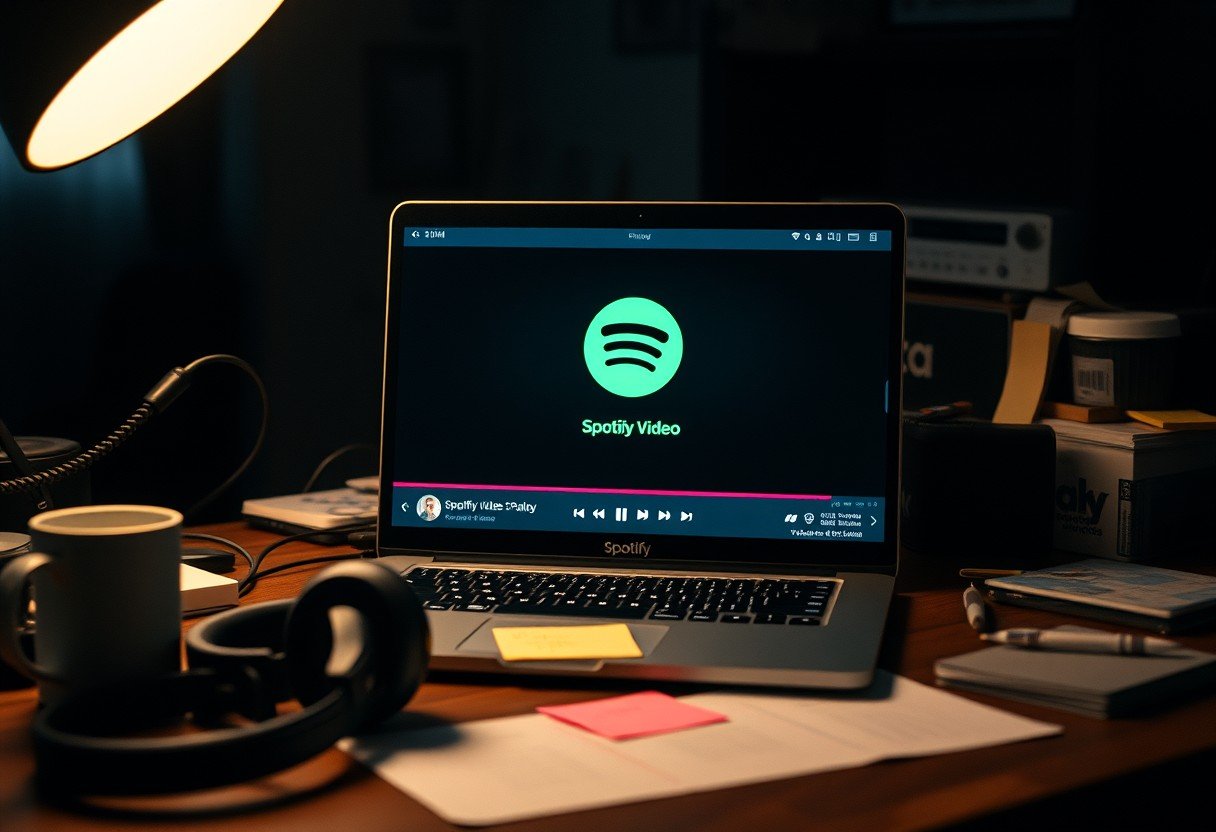
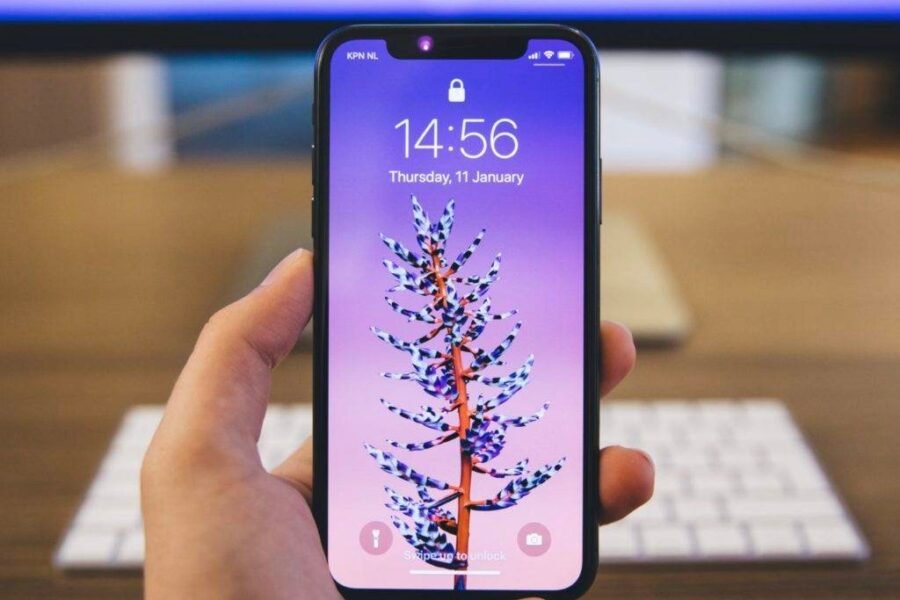
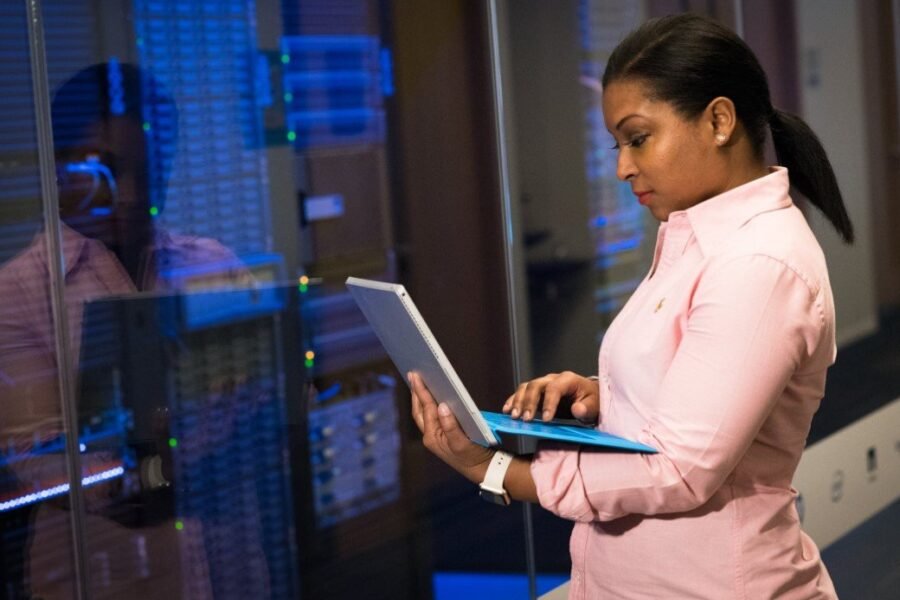
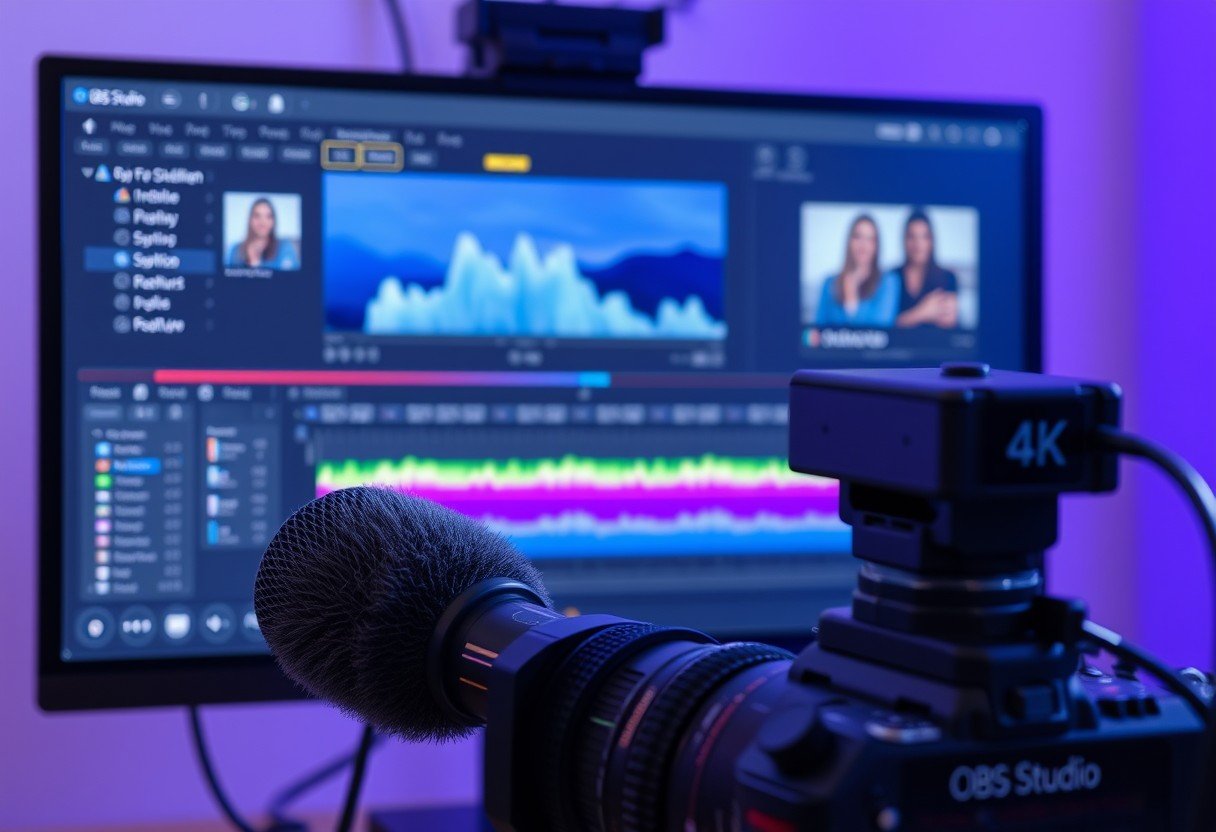

Leave a Comment